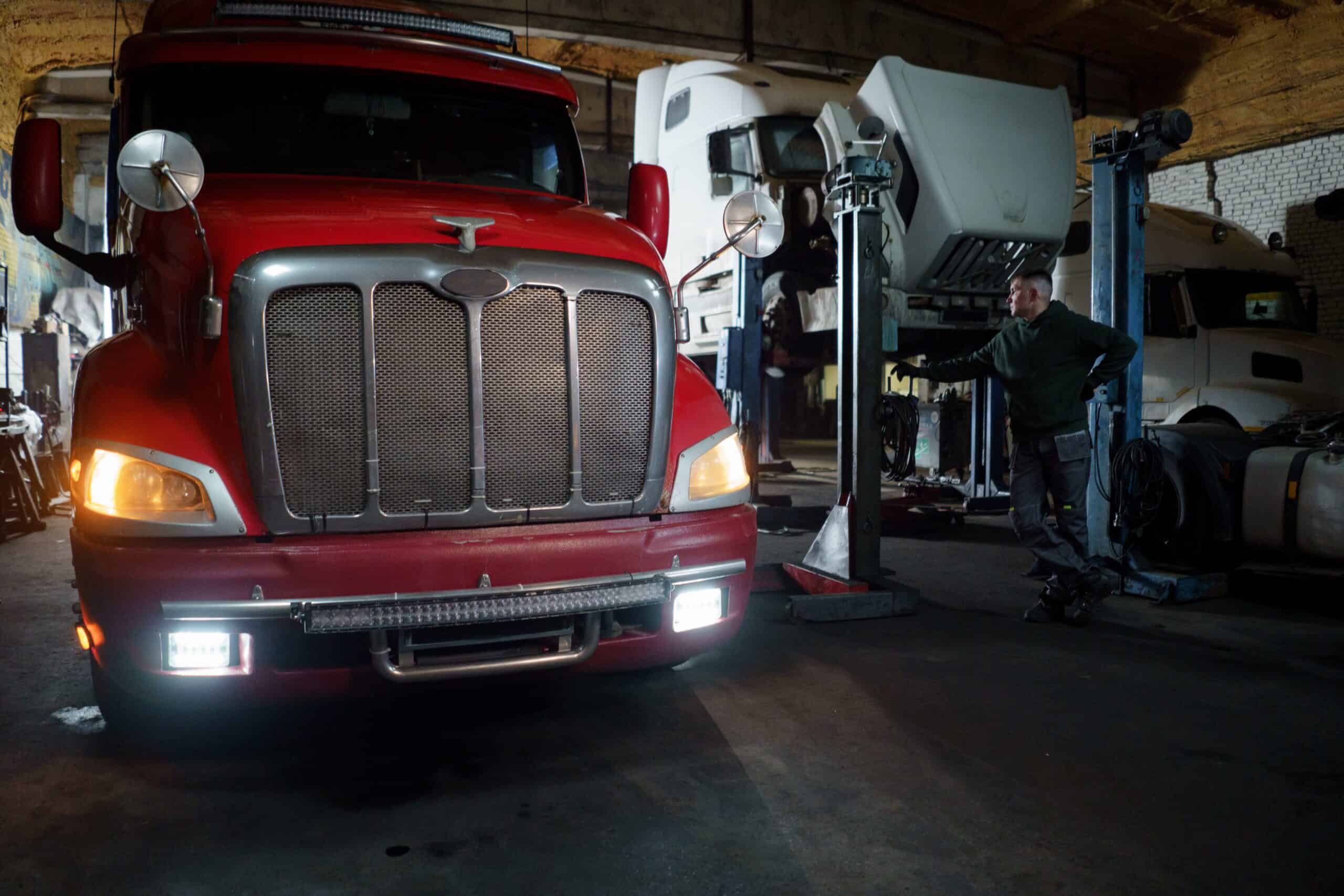Semi trucks are durable, and many of them travel over 45,000 miles per year on average. Although these trucks can stay on the road for up to 15 years, a semi truck may break down on you at some point in your career.
It could be caused by a structural flaw that went undetected during maintenance, or maybe the culprit is a loose nail on the road. Regardless of the cause, knowing what to do during a semi truck breakdown will make you feel more prepared in the moment.
How Often Does a Semi Truck Break Down?
On average, semi trucks break down every 10,000 miles or so. A maintenance schedule combined with various other practices can reduce the likelihood of a semi truck breaking down, but you should always be prepared by knowing what to do in the event of a truck breakdown.
8 Steps For What To Do During a Truck Breakdown
A vehicle breakdown can happen no matter what your route is or where you are. Staying safe and knowing how to reach a solution will help you get back on the road sooner.
Remain Calm
You can’t control whether or not a breakdown is going to happen, but you can control your response. Letting frustration or fear dominate your thoughts can prolong the process. Staying calm will help you make better decisions and focus on implementing the other steps on this list.
Turn On Your Flashers
Turning on your flashers will alert other drivers and let them know that something is wrong with your vehicle. Passenger cars and trucks can use these signals as a sign to give you space and move over into the other lane.
Pull Off To the Closest And Widest Spot
Although your flashers will inform drivers and tell them to keep their distance, it’s still risky to get out of your vehicle in the middle of the road. Waiting to pull over until you find a wider spot on the side of the road will increase your safety overall. A narrow spot might not give you enough space to get out of your vehicle and avoid oncoming traffic.
Examine Your Surroundings
A stalled vehicle is more prone to a robbery. Being cognizant of your surroundings and locking the doors will decrease the likelihood of you being the victim of a crime. Keep your phone nearby as well so that you can make a quick emergency call if need be.
Put Out Flares and Triangles
Flares and triangles let oncoming drivers know ahead of time about your truck’s condition. While flashers achieve the same objective, flares and triangles have more authority. You can use them to block the lane your vehicle occupies, making it easier for people to detect that something isn’t right up ahead. Flares and triangles are critical during bad weather conditions with less visibility as well. Without flares and triangles, a driver may not notice that anything is wrong with your truck, causing them to crash into you by mistake.
Inspect the Truck
The status of your vehicle has changed as a result of the breakdown, and an inspection can help you find the root cause of the breakdown. Observing traffic and waiting until the coast is clear before you exit your truck will help you get out of the vehicle safely. Before you start the inspection, tilt the hood open. This will indicate to law enforcement that your truck broke down.
Call A Professional
Some truck drivers can identify the problem and fix it on the spot. For instance, a simple tire replacement may be all that you need. However, some breakdowns are far more complex. As such, it’s usually best to call upon the help of a professional. A towing service can move your truck to a safer destination and repair it for you. Make sure you take a moment to review local companies before calling any professionals.
Keep Dispatch Informed
The dispatch team will expect the cargo that you’re carrying to arrive at the final destination by a certain date. If you are behind schedule, let the dispatch team know that your truck broke down. Doing so will give them time to inform the customer about these sudden changes, and by telling the customer in advance, they will have time to process the fact that their order will be arriving later than intended. A company can retain customers more easily when they implement effective communication rather than actively keeping them in the dark. Dispatch can process the updates you provide and make real-time decisions with accurate information.
Prepare For the Worst While Hoping For the Best
Most truck rides go smoothly. Truck drivers haul freight from one point to another with ease in many cases. From there, the truck is unloaded and then reloaded with more cargo.
Even so, there’s always the chance that your truck will break down during a route, and it’s best to know what to do if you’re ever faced with that scenario. Following the steps listed above will help you stay safe during a truck breakdown, should it ever happen to you.
FAQ
Most truck breakdowns stem from tires, but issues with brakes and other parts of the vehicle can also cause breakdowns.
Semi trucks break down a lot due to their mileage. Rubber on the tires deteriorates over time, and sharp objects such as nails can result in flat tires.
The amount of breakdowns depends on the vehicle’s mileage and how well it’s maintained. A well-maintained semi-truck may not have as many breakdowns, but your vehicle can break down often if it is not properly maintained.


